Crop yield is an important metric for farmers as it determines the amount of crop produced per unit area of land. With the increasing demand for food due to population growth, climate change, and other factors, there is a need to increase crop yield to meet the demand. This is where scientists come in with their research and development of various techniques to increase crop yield.
In this article, we will explore how scientists are increasing crop yield, and the various techniques they are using to achieve this.
Improving Soil Health
Soil is one of the most important factors that influence crop yield. Scientists are researching ways to improve soil health to increase crop yield. This includes adding organic matter to the soil, using cover crops, and reducing tillage.
Organic matter improves soil fertility, water-holding capacity, and nutrient retention, which are essential for plant growth. Cover crops help prevent soil erosion and improve soil structure, while reducing tillage helps improve soil health by reducing soil compaction.
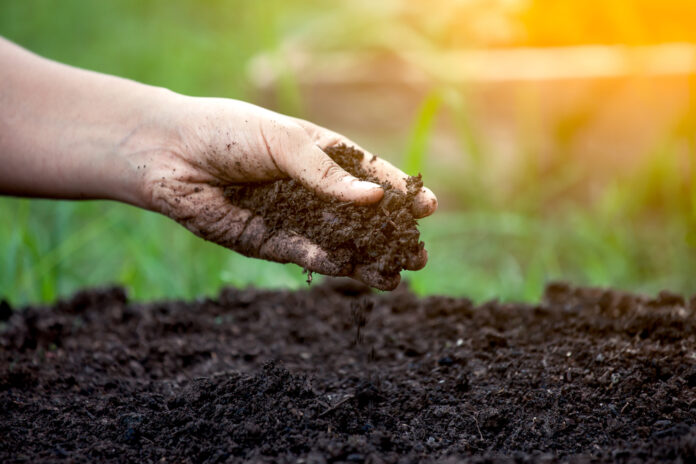
Genetic Modification
Genetic modification is a technique used to modify the DNA of crops to enhance their traits. Scientists are using genetic modification to create crops that are more resistant to pests and diseases, can grow in adverse weather conditions, and have higher yields. For instance, scientists have developed drought-resistant crops by modifying genes that regulate water use in plants. This allows the plants to conserve water during periods of drought, which leads to increased crop yield.
Precision Farming
In order to increase crop yield, precision farming is a technique that uses technology to optimize crop production. Scientists are using precision farming to increase crop yield by monitoring soil conditions, weather patterns, and crop growth in real-time. This helps farmers to make informed decisions on when to plant, fertilize, and harvest crops. Precision farming also reduces waste and increases efficiency, resulting in increased crop yield.
Integrated Pest Management
Integrated Pest Management (IPM) is a strategy used to manage pests in crops. IPM involves using a combination of techniques such as crop rotation, biological control, and chemical control to manage pests. Scientists are using IPM to increase crop yield by reducing crop damage caused by pests. By reducing the damage caused by pests, the plants can allocate more resources to growth and development, resulting in increased crop yield.
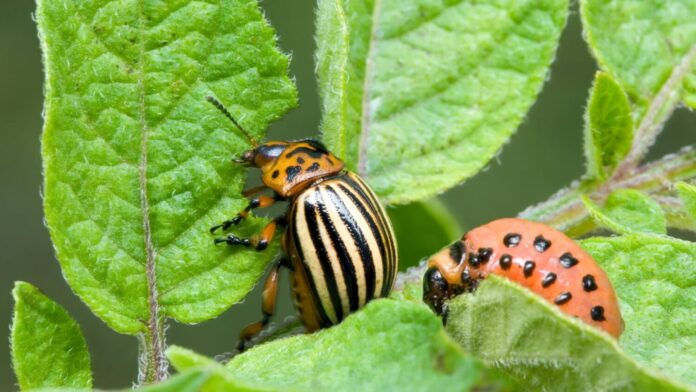
Plant Breeding
Plant breeding is a traditional technique used to develop new crop varieties with improved traits. Scientists are using plant breeding to develop crops that have increased yield, resistance to pests and diseases, and can grow in adverse weather conditions. Plant breeding involves selecting and cross-breeding plants with desirable traits to create new varieties. This results in crops that are better adapted to the environment and have improved yield.
Crop Protection
Scientists conduct research on plant diseases, pests, and weeds to develop effective and environmentally friendly methods of crop protection. This includes the development of new pesticides, biopesticides, and integrated pest management strategies that minimize the use of harmful chemicals while maximizing crop yield.
Climate Change Adaptation
Scientists are researching the impacts of climate change on agriculture and developing strategies to help crops adapt to changing conditions. This includes breeding heat- or drought-tolerant varieties, optimizing planting and harvesting schedules, and exploring innovative farming techniques like vertical farming or hydroponics.
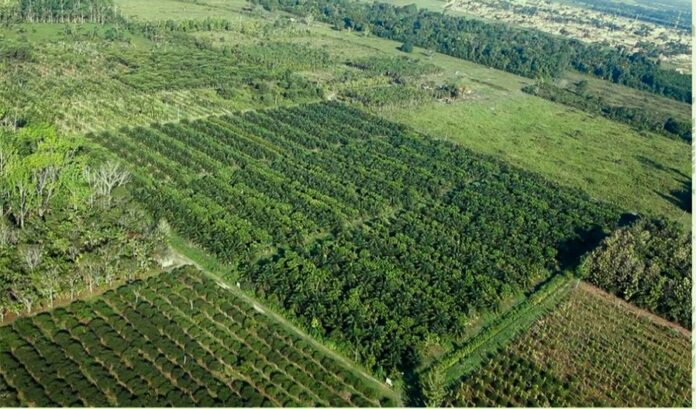
Agroforestry
Agroforestry is a farming technique that involves growing crops alongside trees. Scientists are using agroforestry to increase crop yield by improving soil health, reducing soil erosion, and providing shade for crops.
Trees help to improve soil health by fixing nitrogen and increasing organic matter content. They also provide shade, which helps to reduce soil moisture loss and crop stress during hot weather conditions.
Data Analysis and Modeling
Scientists use advanced data analysis techniques and computer models to analyze large datasets and simulate crop growth scenarios. By studying the relationships between various factors such as weather patterns, soil conditions, and crop performance, they can identify optimal cultivation practices and provide recommendations for farmers to maximize yield.
Sustainable Irrigation Practices:
Scientists are actively involved in developing and promoting sustainable irrigation practices to increase crop yield. They conduct research on efficient irrigation techniques such as drip irrigation, precision sprinklers, and moisture sensors.
By optimizing water delivery to crops, reducing water wastage, and preventing over-irrigation, these practices help conserve water resources and ensure that crops receive the appropriate amount of water for optimal growth.
Additionally, scientists explore alternative water sources, such as treated wastewater and rainwater harvesting, to mitigate water scarcity issues and promote sustainable irrigation practices.
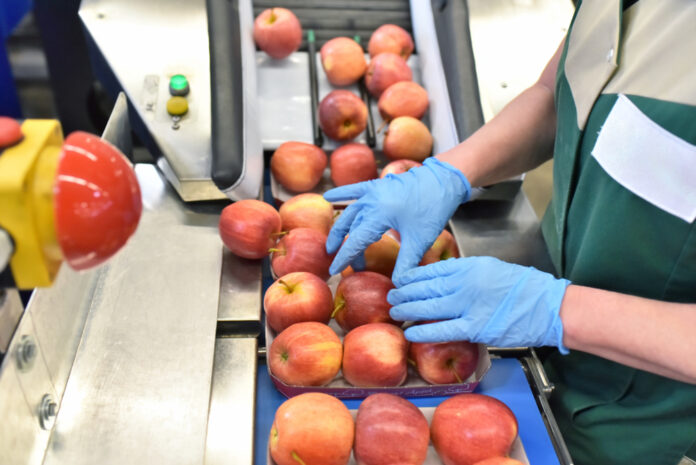
Nutrient Management Strategies:
Scientists play a crucial role in developing effective nutrient management strategies to enhance crop yield. They study plant nutrient requirements and conduct research on fertilization techniques, including the optimal timing, dosage, and placement of fertilizers.
By understanding nutrient uptake mechanisms, nutrient interactions, and soil nutrient dynamics, scientists help farmers make informed decisions about fertilizer application.
Furthermore, they promote the use of organic fertilizers, cover crops, and crop rotation practices to improve soil fertility and nutrient cycling, resulting in increased crop productivity and reduced environmental impact.
Post-Harvest Technologies:
Post-harvest technologies focus on preserving the quality and extending the shelf life of harvested crops. Scientists work on developing innovative techniques for sorting, grading, packaging, and storage of crops.
They explore the use of controlled atmosphere storage, modified atmosphere packaging, and post-harvest treatments such as temperature and humidity management, irradiation, and bio-based coatings. These technologies help minimize post-harvest losses caused by spoilage, pests, and diseases, ensuring that a higher proportion of the harvested crops reach the market in optimal condition.
By reducing post-harvest losses, scientists contribute to increasing overall crop yield and reducing food waste.
Innovations in Machinery and Equipment:
Scientists contribute to increasing crop yield through innovations in machinery and equipment used in agriculture. They conduct research and development to improve the efficiency, precision, and automation of farming operations. This includes the development of advanced seeders, planters, harvesters, and machinery for soil preparation, irrigation, and crop protection.
By utilizing cutting-edge technologies such as GPS, sensors, and robotics, scientists help farmers achieve higher accuracy and productivity in their operations. These innovations not only increase crop yield but also reduce labor requirements, minimize resource wastage, and improve overall farming efficiency.
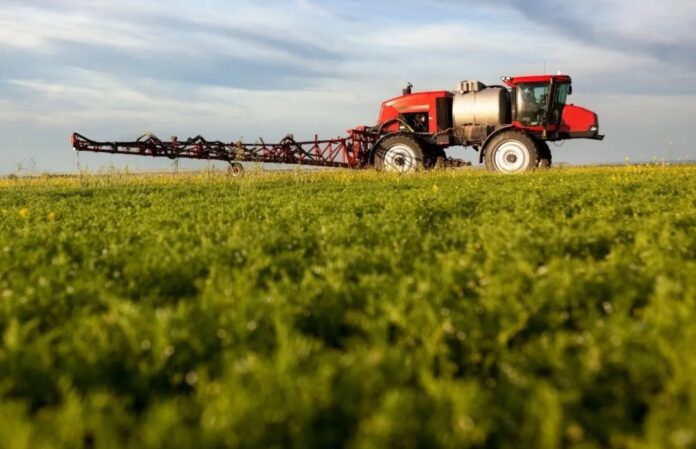
Empowering Small-Scale Farmers:
Scientists recognize the importance of empowering small-scale farmers to increase crop yield and improve their livelihoods. They conduct research and develop tailored solutions that address the specific challenges faced by small-scale farmers, such as limited access to resources, knowledge, and markets.
Scientists work on developing and promoting appropriate farming techniques, suitable crop varieties, and sustainable agricultural practices that are accessible and affordable for small-scale farmers. They also engage in capacity building programs, farmer training initiatives, and knowledge-sharing platforms to transfer scientific knowledge and empower small-scale farmers with the necessary tools and information to enhance their productivity and income.
By empowering small-scale farmers, scientists contribute to food security and rural development.
Collaboration and Knowledge Sharing
Scientists collaborate with farmers, agronomists, and policymakers to share knowledge and best practices. They actively engage in extension services, training programs, and workshops to transfer scientific knowledge and technologies to the farming community, empowering them to increase crop yields sustainably.
Conclusion
In conclusion, scientists are using a combination of techniques to increase crop yield. These techniques include improving soil health, genetic modification, precision farming, integrated pest management, plant breeding, and agroforestry.

As the demand for food continues to increase, it is essential to continue research and development in these areas to ensure food security. Increased crop yield not only ensures food security but also has economic benefits for farmers and the wider society.

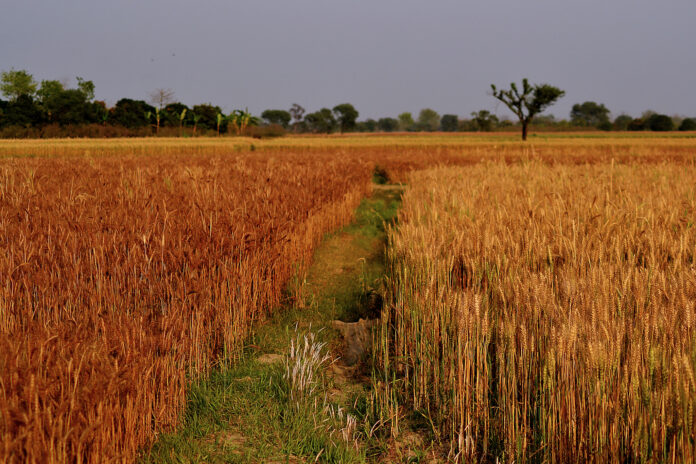
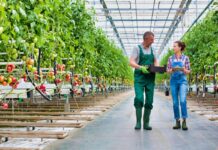

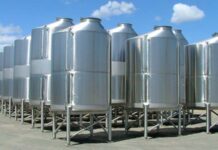
![Calgary’s Hottest Neighborhoods for Luxury Homebuyers [2024]](https://thewashingtonote.com/wp-content/uploads/2024/04/Calgary-324x160.png)



